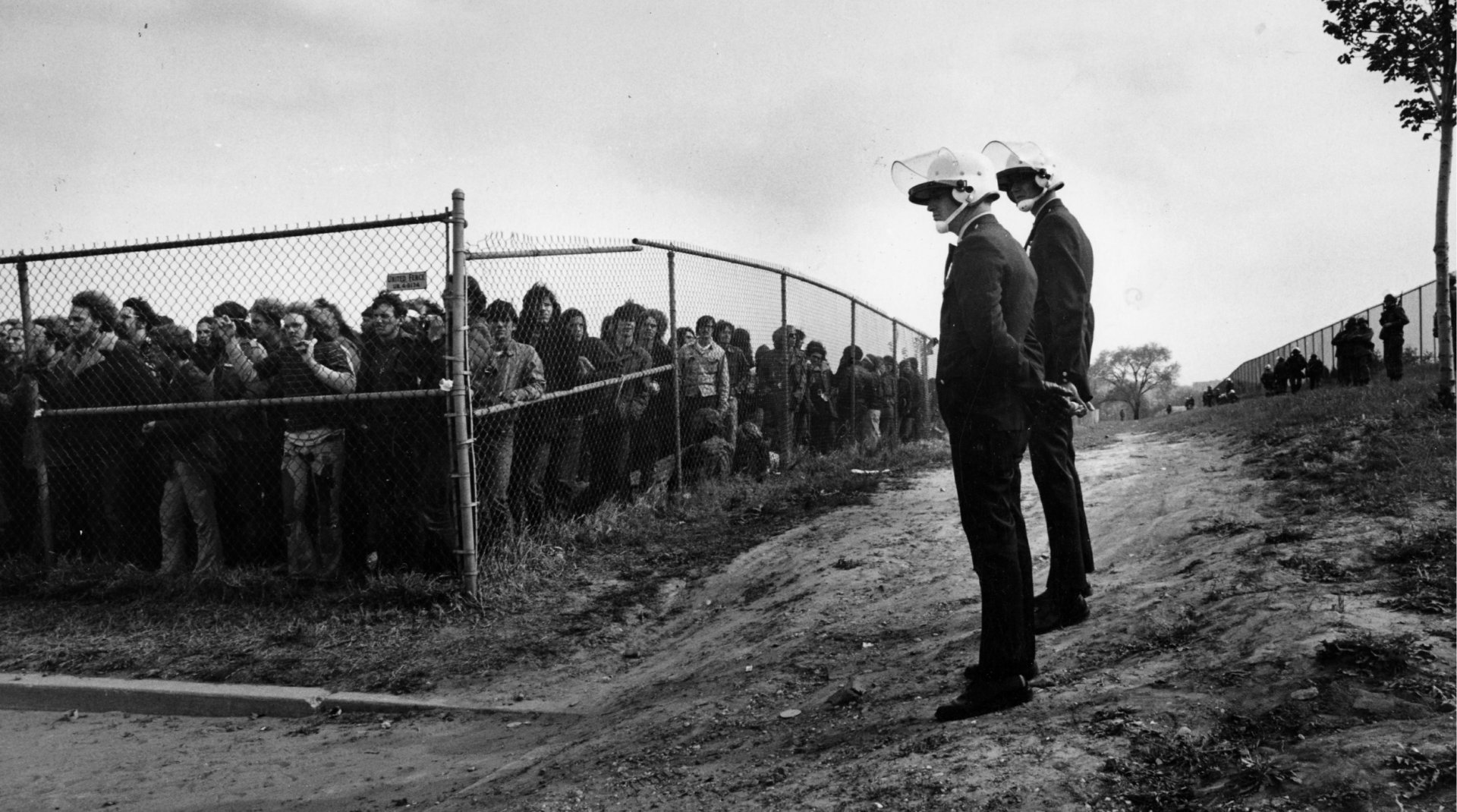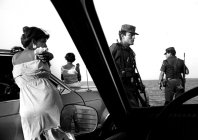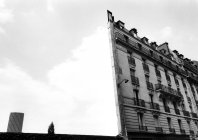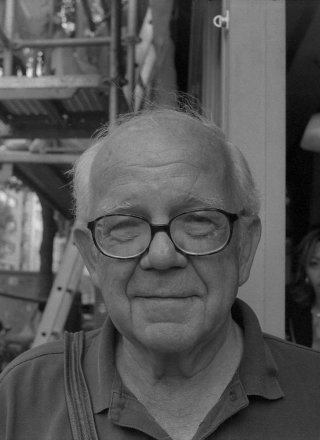
Retrospective
Charles Harbutt
I became a photojournalist because I wanted to see for myself what was going on in the world. Photographers actually have to see and live through what they show, so I felt like a kind of front-line historian, getting down on paper the look of today for the future. After all, we cover peak events: wars, revolutions, famine, disease, the marauding and follies of the rich and powerful.
But I came to feel I was missing something. What about all those things that are just funny or curious or even triumphantly, overwhelmingly there? Or meaningless, banal, chaotic? What I really see in the course of a normal day. So I shot a lot of that, too.
In the early seventies, the U.S. government began to use agent provocateurs to discredit the antiwar and civil rights movements by fomenting riots to justify severe repression. The only way a photograph could show the thugs were cops would be if they wore T-shirts with “POLICE” on them. The government had become sophisticated at getting its propaganda out and I didn’t want to be a messenger. Things aren’t always what they appear to be.
Preview



I wanted to take pictures that were authentic experiences of the world as I saw it. I wanted to be able to say , at least to myself, that they were true.. So, I put my press passes in a drawer and went to a country where I felt at home, but didn’t speak the language – the Yucatan. I would have no idea what was going on – just the evidence of my eyes. I hired no guides. I walked around waiting to feel a compulsion to shoot a picture, for times when what I was seeing with my eyes in the external world coincided somehow with what I was feeling then or had felt once. I walked and walked and looked and lived.
History can belong to us all, not just to the kings and oil barons, the Popes and generals (whose names and dates, I never could keep straight). I decided to put my press passes, my privileged access, away and just shoot for myself. As a journalist, I’ve tried to show what it was like for an ordinary man to live today.



